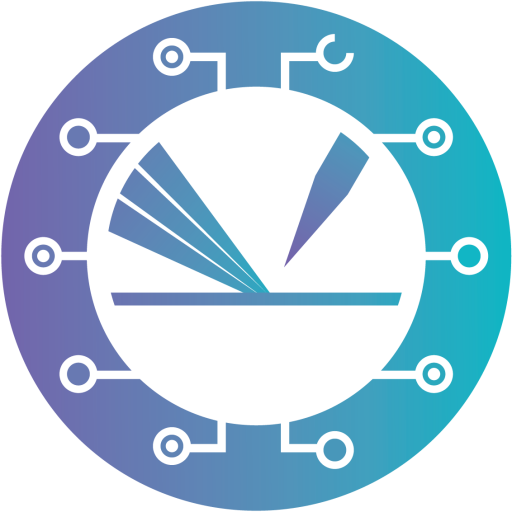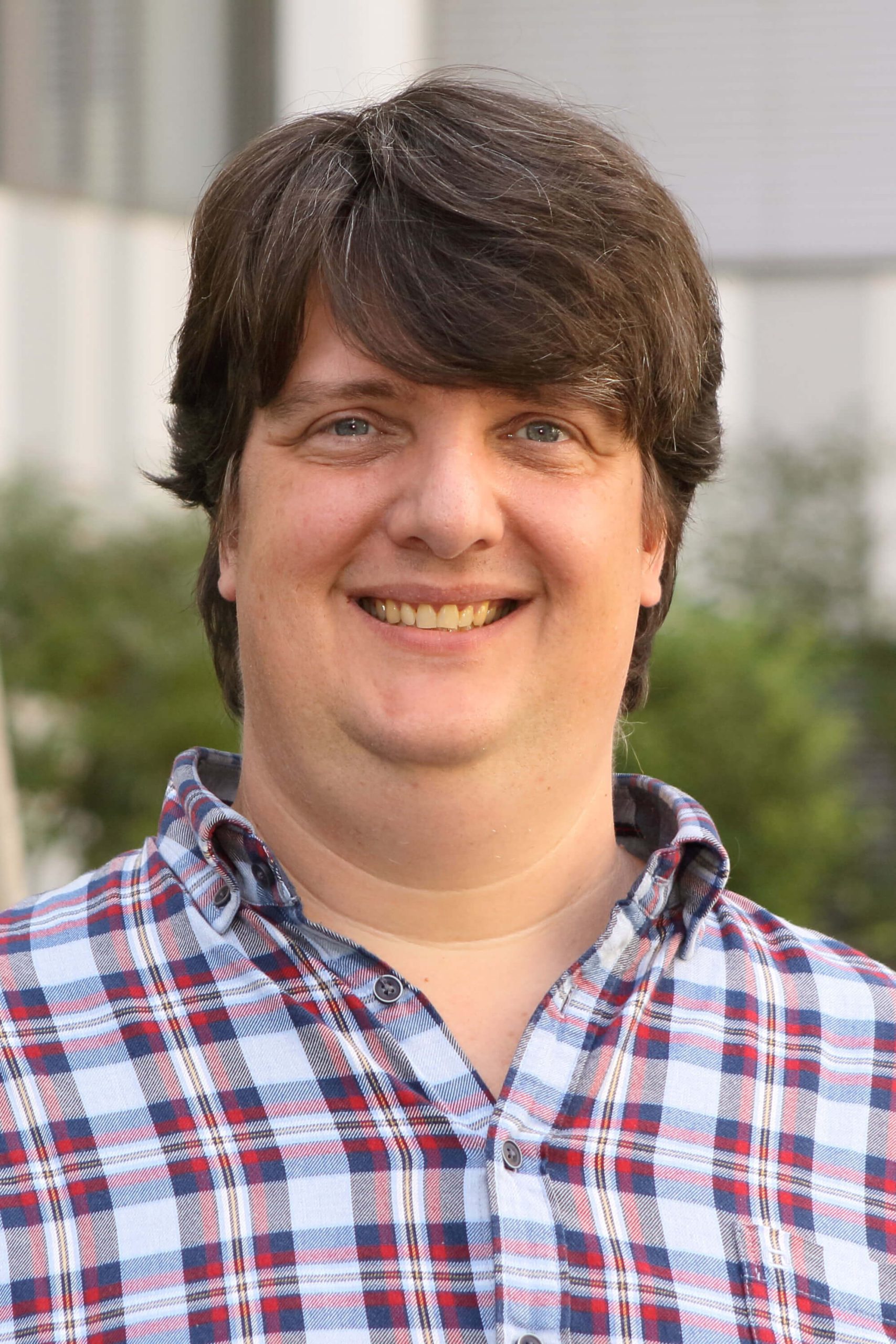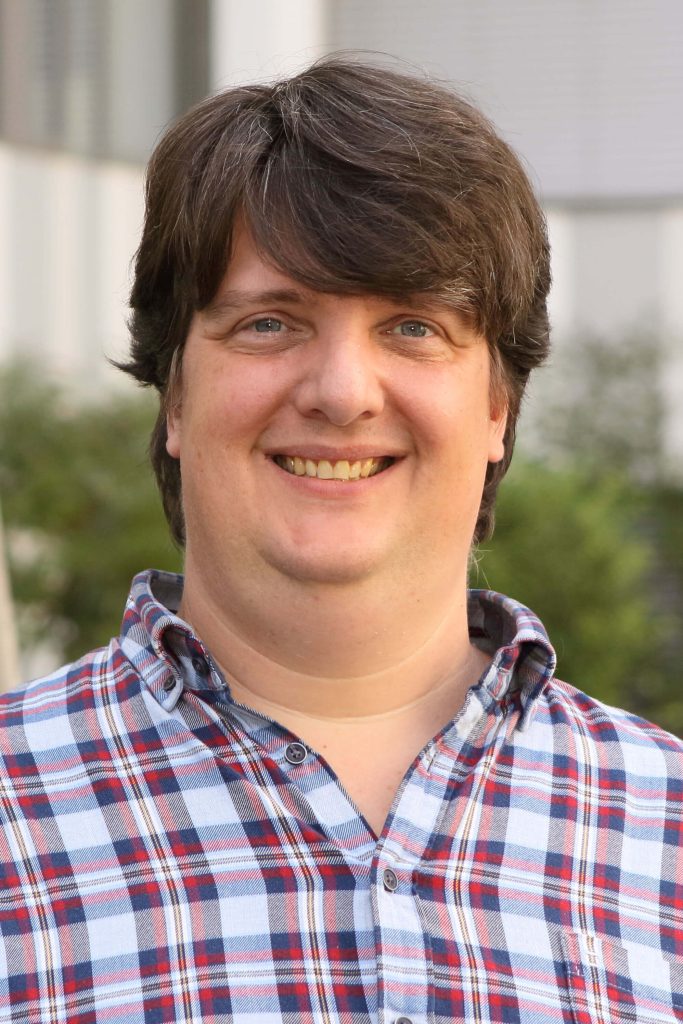Alexander Genest
Institute of Materials Chemistry
TU Wien
Wednesday, 17th November 2021,16:30 s.t.
The talk will be given via Zoom Meeting:
https://tuwien.zoom.us/j/98108640490
Meeting ID: 981 0864 0490
Please note: This is the second of two back-to-back talks. The given starting time is only approximate.
How do computational catalysis and experiment complement each other?
From microscopic effects to macroscopic outcomes
This talk addresses strategies on how to model reactions at metal surfaces. This is first exemplified on ethanol conversion at Ru(0001), where the energetics alone is conclusive. For butene conversion on Pd particles we studied the selectivity between hydrogenation and isomerization of 1-butene by employing UHV-grown model catalysts, high-pressure cell kinetics, DFT calculations, as well as microkinetic modeling. Initially benefitting from Pd(111) and Pd(110) single crystal surfaces we expand our study to Pd nanoparticles containing multiple surface orientations. Changing the mean particle size stepwise from 2 to 8 nm increases the fraction of hydrogenation, shifting selectivity to the undesired butane. Based on the reactivity from experiment and microkinetics for the specific single crystal surfaces that constitute such particles, we are able to convincingly predict the resulting catalytic performance. We trace the size dependence of selectivity to an increased availability of terrace sites at larger particles that corresponds to a Pd(111) surface.


